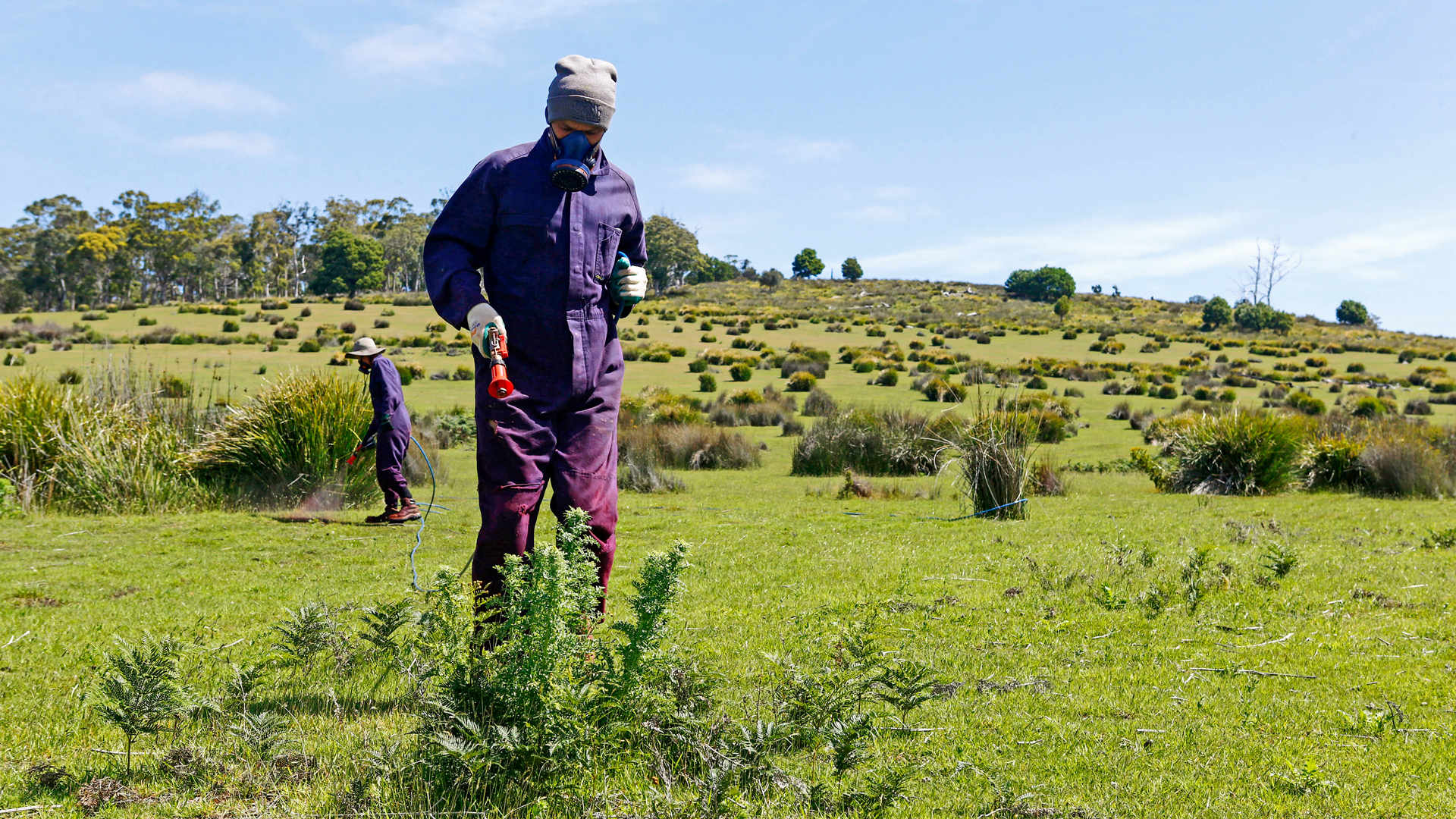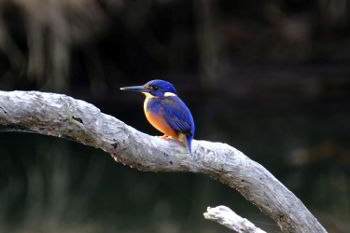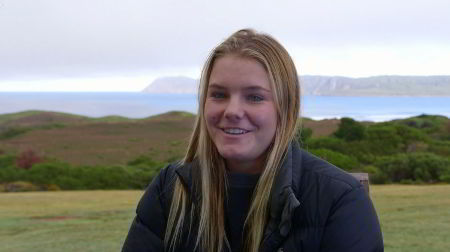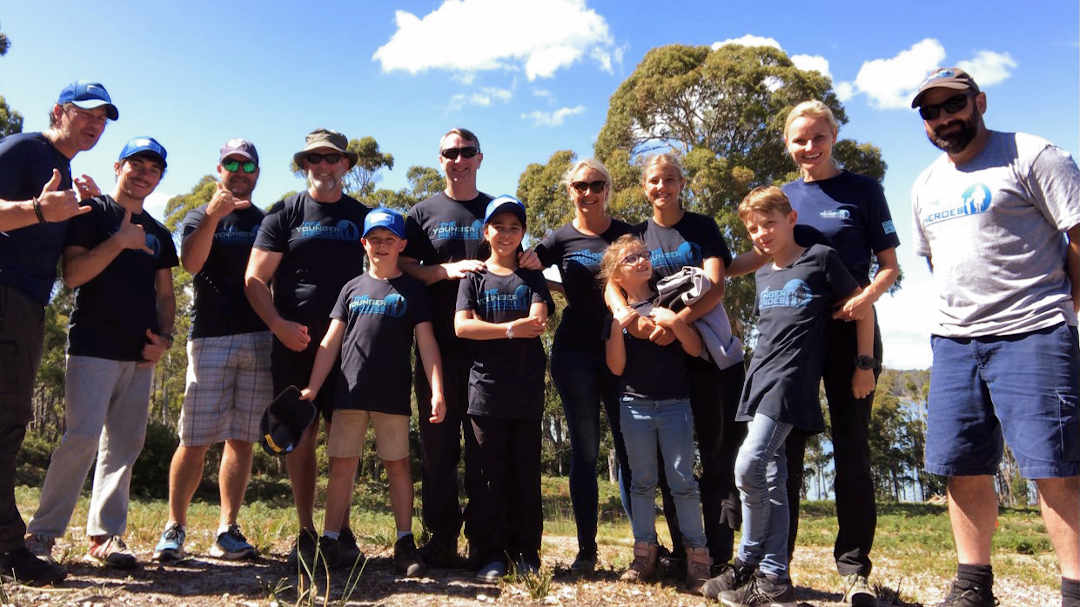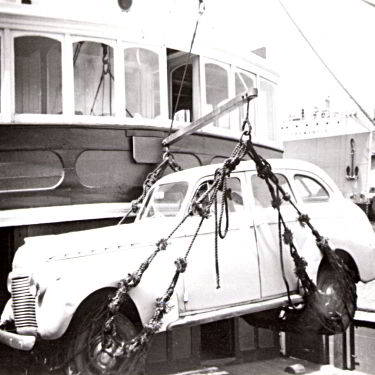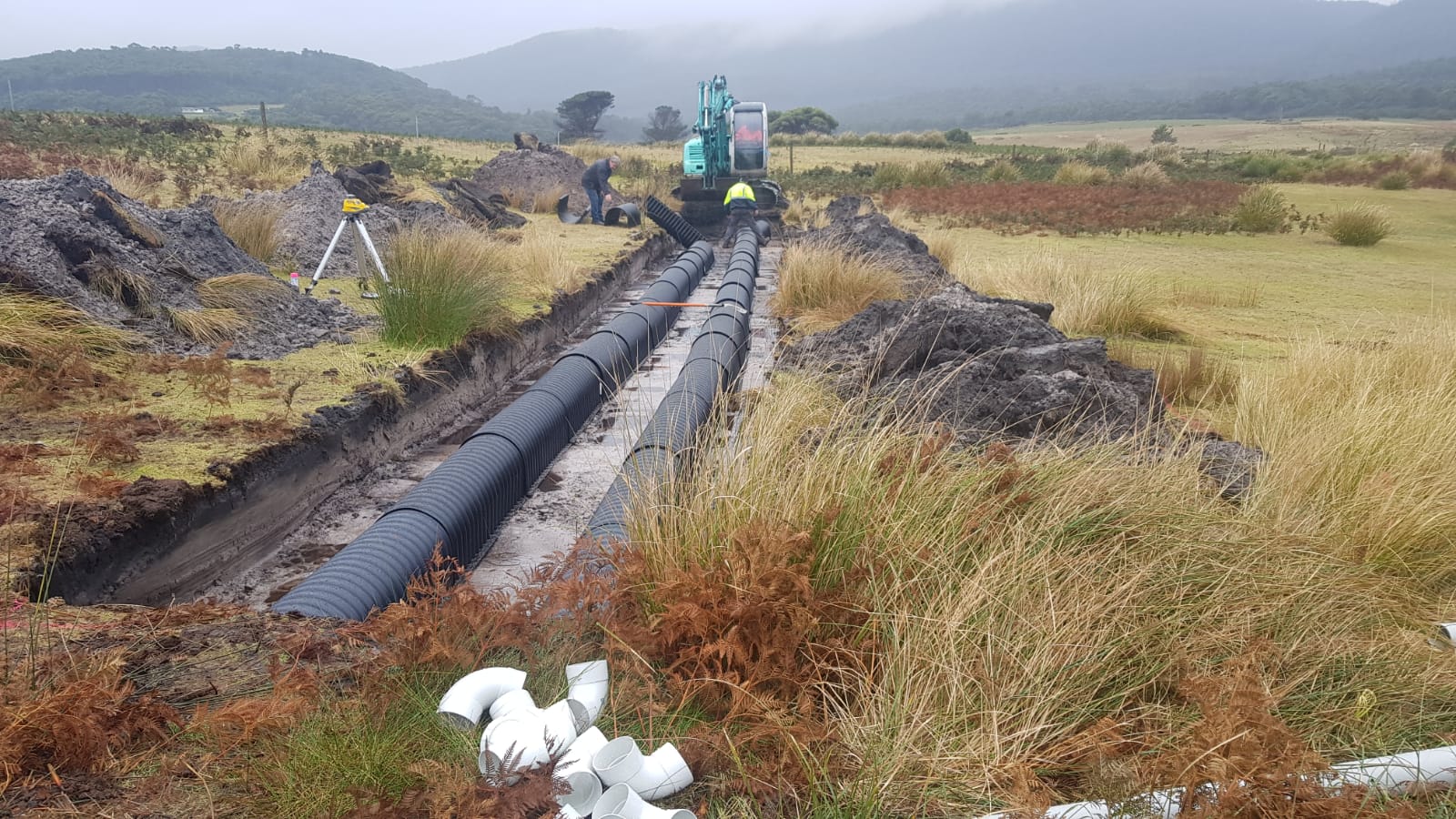
In early 2019 we began renovating a waterfront property which required a septic system upgrade to handle both human and greywater waste more effectively whilst being substantially more sympathetic to its natural surrounds. Keeping in mind our 10-year campaign to attract environmentally conscious visitors wishing to experience the rare natural gamut of what our nature accommodation sanctuaries offer was bearing fruit, we also wanted to future-proof our dwellings by shifting the purpose of existing waste infrastructure, but avoid the environmental impact of decommissioning what we originally acquired.
Therefore, our prerequisites were obvious—the system(s) had to be the most environmentally apposite without the need for harsh chemicals or constant maintenance; ‘the availability of such, was not so.’ But while researching suitable types for our above needs, Willie (our Construction Manager), discovered a novel worm-farm system available in other states by A & A Worm Farms that could meet all our requirements—as well as—the additional bene?t of coping with the disposal of environmental weeds accumulated from our regular environmental restorations (wildlife habitat initiative); unfortunately, the system was not yet approved in Tasmania.
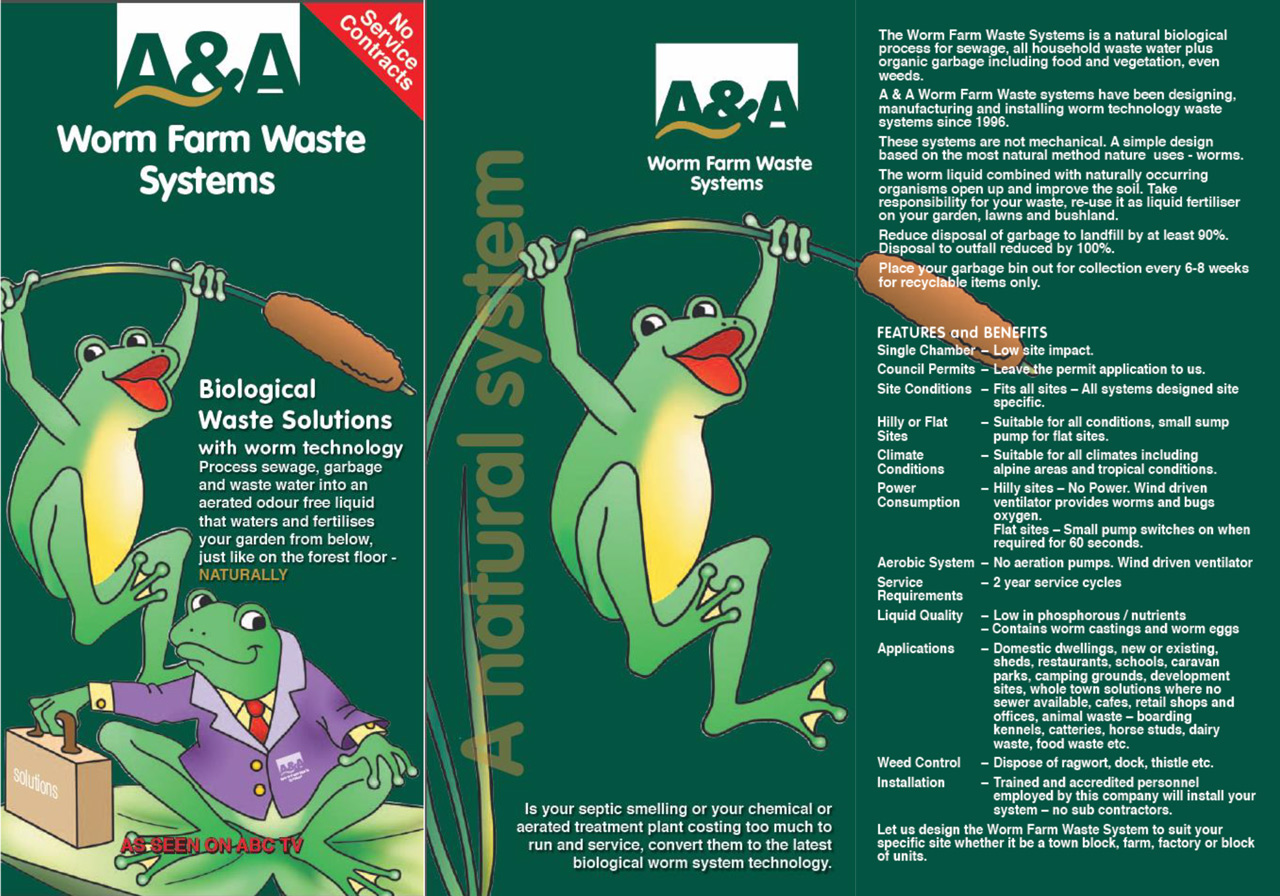
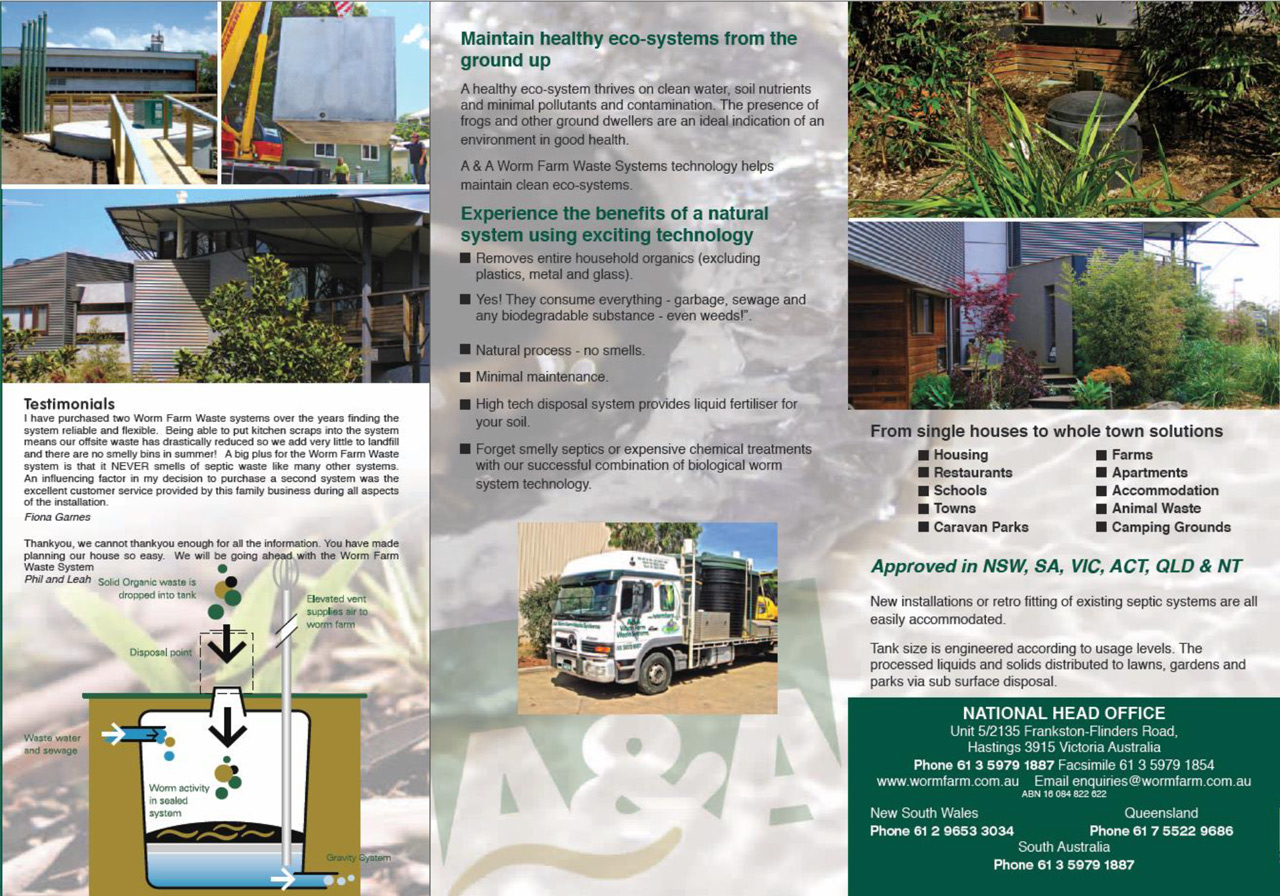
The next step, was to rectify this situation and have this extreme green and fabulously efficient system approved by our local Kingborough Council. So, with a few phone-calls and subsequent emails between all parties concerned, we are ecstatic to announce the first two Worm Farm waste managers of their type in Tasmania!

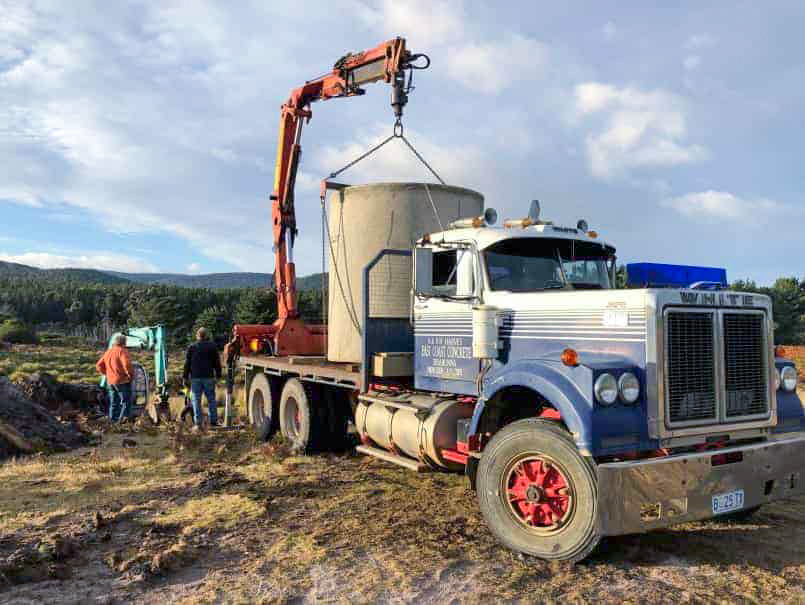
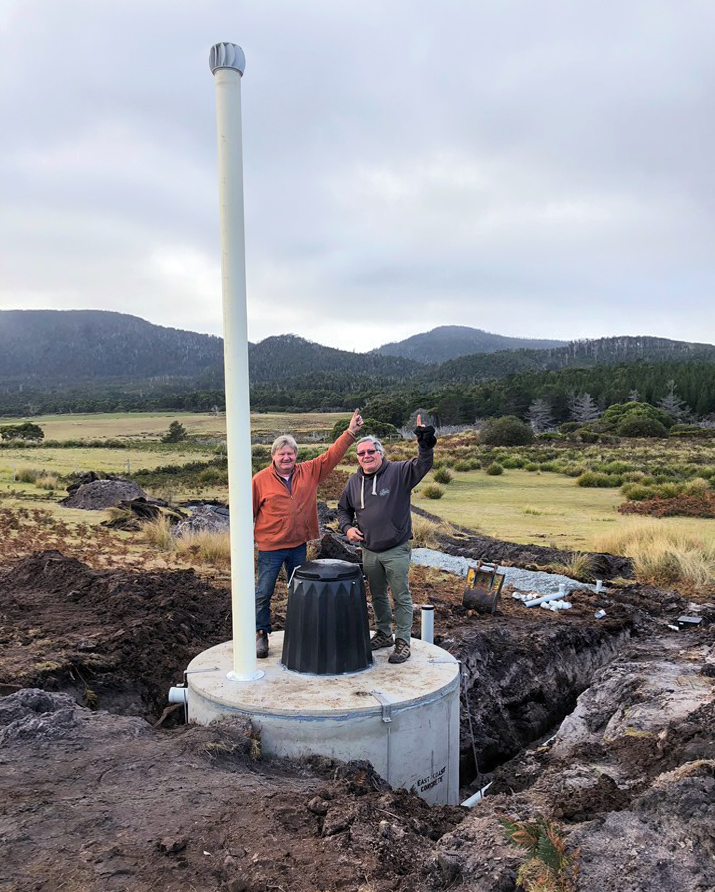
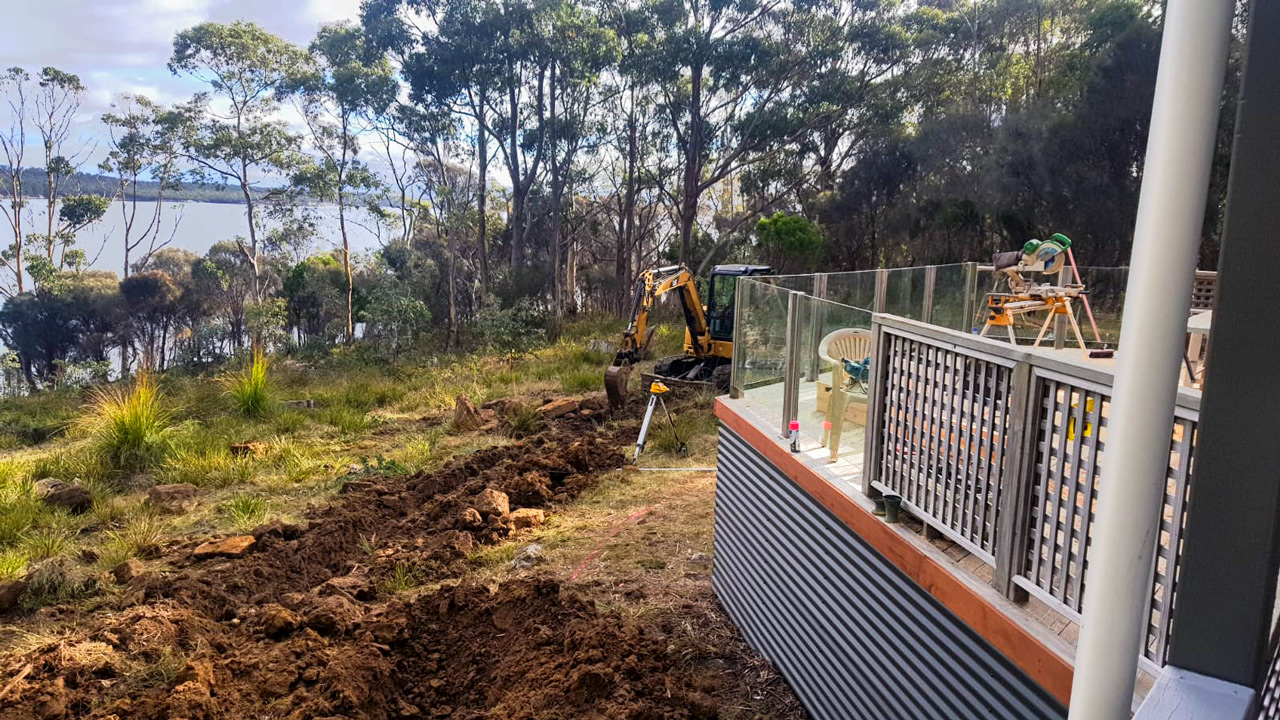
We would like to acknowledge, recommend, and thank Alan Duke from A & A Worms Farms along with the vision of Kingborough Council for effectively allowing us to operate a completely in-house and self-contained environmentally friendly waste management system that we couldn’t be prouder of!
Like what we do? Then why not rewild yourself at one of our nature accommodation sanctuaries—and support the direct preservation and maintenance of our various habitat initiatives.
A & A Worm Farms
www.wormfarm.com.au/project/septic-systems-tasmania/
Related Journals
Simpsons Point: Environmental Restoration
Weed invasion is one of the largest threats against ecosystems all around the world; and unfortunately, BrunyIsland.au is not immune to this threat.
More Bruny Island Journal
Rare Azure Kingfisher spotted on Bruny Island
The Tasmanian Azure Kingfisher is endangered and endemic to Tasmania, and very rarely seen on Bruny Island.
Lizzie Stokely shares her love of Cloudy Bay
Bruny's favourite daughter and Bruny Island Coastal Retreats ambassador, Lizzie Stokely, shares what she holds dear.
Reconnecting—Nature, People, Place! "The Younger Heroes"
On a sunny weekend during February 2020, BrunyIsland.au was privileged to be able to offer one of our nature sanctuaries complimentarily to assist in the facilitation of Tasmania's first 'Younger Heroes' program; a fabulous non for profit, registered charity.
Travelling to South Bruny Island
If you live on an island you may as well enjoy the journey, because getting here is just a fact of life, as it has been for generations of people who have called Bruny Island home
